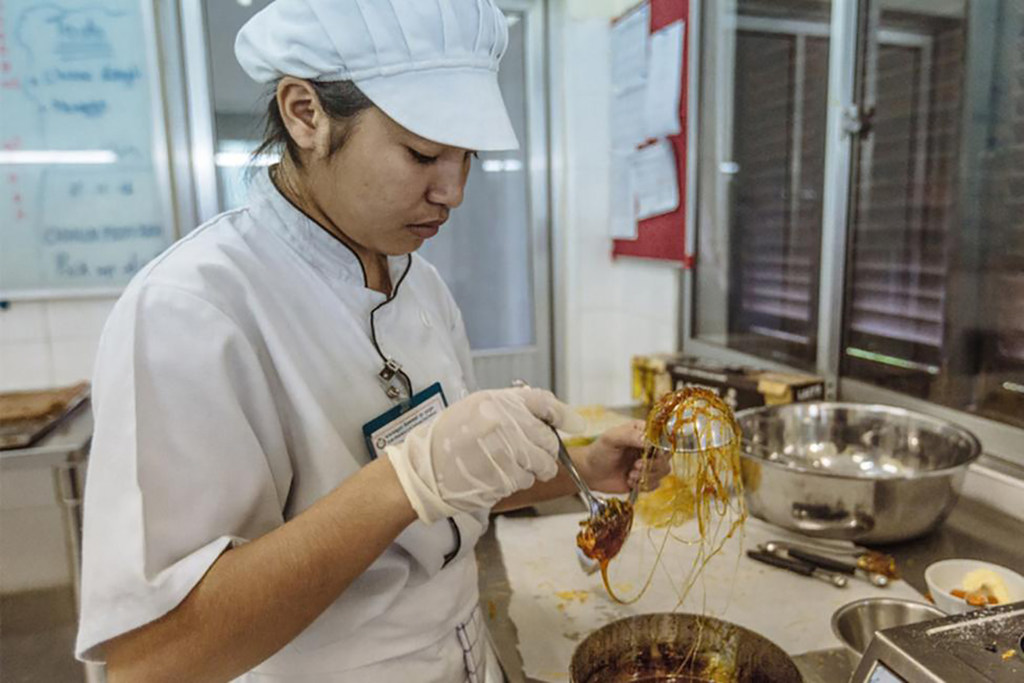More than one in five employed people, nearly 23%, have experienced some form of violence in their workplace, whether physical, psychological or sexual, according to the first joint analysis* of data from around the world by the International Labor Organization (ILO), the independent global charity Lloyd’s Register Foundation (LRF) and the Gallup polling and analysis company.
This first global survey on experiences of violence and harassment at work aims to provide better understanding and awareness of an issue rooted in complex economic, social and cultural factors, the UN agency said when presenting the report.
The report Experiences of violence and harassment at work: First global survey assesses the magnitude of the problem and examines the factors that may prevent people from talking about what they have suffered, such as shame, guilt, or lack of trust in institutionsor because those unacceptable behaviors are considered “normal.”
Lack of disclosure
Violence and harassment at work are difficult to measure. According to the report, only half of the victims worldwide had disclosed their experiences to another person, and often only after repeated incidents.
The most common reasons given for not disclosing their experiences are that it is considered a “waste of time” and that people who have been abused fear for their reputations. Women were more likely to share their experiences than men (60.7% vs. 50.1%).
Globally, 17.9% of employed men and women reported having experienced psychological violence and harassment at some point in their working lives, and 8.5%, physical violence and harassment, with men in greater numbers who denounce these acts.
Of the participants, 6.3% declared having suffered sexual violence and harassment“women being especially exposed”, according to the UN agency for work.
Migrant workers and wage earners among the most vulnerable to violence and harassment at work.
The most exposed
The groups most likely to be affected by different types of violence include youth, migrant workers, and women and men in paid and salaried employment.
Young women were twice as likely as young men to have experienced sexual violence and harassment, and migrant women almost twice as likely as non-migrants to report having experienced sexual violence and harassment.
More than three in five victims claimed to have experienced violence and harassment on multiple occasionsand for most, the most recent incident took place in the last five years.
“It is painful to know that people face violence and harassment not just once, but multiple times in their working lives,” said Manuela Tomei, deputy director-general for Governance, Rights and Dialogue at the UN agency.
tough task ahead
“Psychological violence and harassment is the most prevalent in all countries, and women are particularly exposed to sexual violence and harassment. The report tells us about the enormity of the task that lies ahead to end violence and harassment in the world of work. I hope it will accelerate action on the ground and towards the ratification and implementation of ILO Convention 190.”
This Convention on violence and harassment at work and Recommendation no. 206 are the first international labor standards that provide a common framework to prevent, remedy and eliminate violence and harassment in the world of workincluding gender-based violence and harassment.
The Convention includes the specific recognition, for the first time in international law, of the right of everyone to a world of work free from violence and harassment, and establishes the obligations of the signatories in this regard.
draw the veil
“Gathering solid data on this sensitive topic is difficult, but essential. For the first time, this report brings this pervasive problem to light that affects more than one in five workers worldwide,” said Andrew Rzepa, a partner at Gallup.
“For too long, companies and organizations have been unaware or unwilling to address violence and harassment in the workplace,” he added. “This data set provides a baseline that we can all use to track much-needed progress on this vital safety issue.”
For her part, Sarah Cumbers, of the Lloyd’s Register Foundation, stated that in order to address “such difficult and entrenched global security challenges as violence and harassment at work, it is essential to have good data to understand the scope of the problem and identify to the people who are most at risk, especially in places where little reliable data may previously have existed.”
“We are very pleased to have been able to work with Gallup and the ILO to make this historic contribution to fill these data gaps as part of our Global Risk Survey, and provide a benchmark for countries to make improvements, fueled by ratification. of vital importance of Convention 190.”
Report Recommendations
Some of the recommendations offered by the report are:
- Regularly collect data on violence and harassment at work, at the national, regional and global levels, to inform laws and prevention and redress mechanisms, policies and programs
- Expand and update mechanisms to effectively prevent and manage violence and harassment, including through labor inspection systems and occupational health and safety policies and programs
- Raise awareness about violence and harassment at work, including its different manifestations, with a view to changing perceptions, stigmas, attitudes and behaviors that can perpetuate violence and harassment, in particular those based on discrimination
- Increase the capacity of institutions at all levels to provide effective prevention, redress and support, build people’s confidence in justice and ensure support for victims
*The study was based on interviews conducted in 2021 with nearly 75,000 employed people aged 15 and over, in 121 countries and territories, as part of the Lloyd’s Register Foundation Global Risk Survey.











